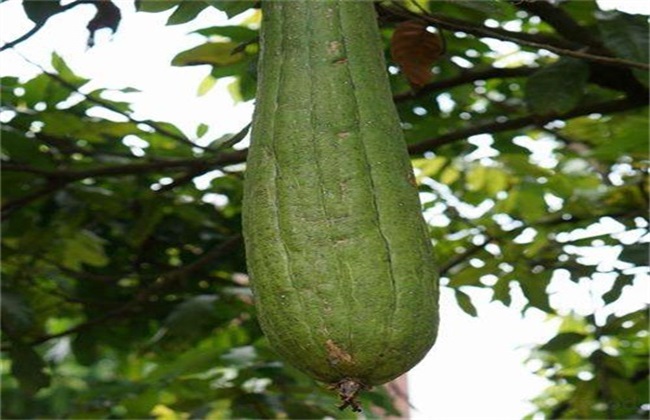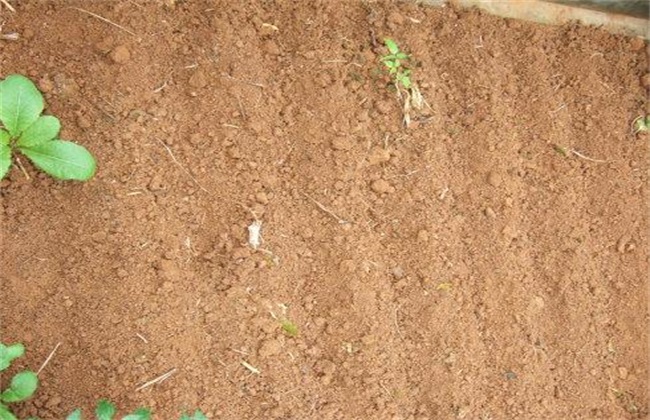Requirements for planting environment of Artemisia annua L.
Chrysanthemum, also known as chrysanthemum cauliflower, is an annual to biennial vegetable, leaves and flowers are very similar to chrysanthemum, mainly feed on tender stems and leaves, can also be used as medicinal materials. Medicine has the effect of eliminating phlegm and nourishing stomach. At present, there are wild species in Hebei, which are widely planted in the whole country. However, chrysanthemum chrysanthemum also has some restrictions on the growth environment and climate, and it can not be planted everywhere. Even if some environments can live, it may not be able to grow well. To achieve high yield, it is necessary to provide the best planting conditions. The specific requirements will be listed and introduced next.

1. Climate
Chrysanthemum chrysanthemum is a semi-cold-tolerant vegetable, mainly grown in the semi-cold era, temperate to subtropical areas, in the cold is not too strong, the heat is not too high areas are very suitable for planting. As long as it is No. 4 Middle School, it can be planted in an environment with a suitable temperature. The temperate zone can be planted all the year round. Others may have to choose spring and autumn planting.
2. Lighting
Artemisia annua L. is a short-day vegetable, which can grow well in short days and grow best in weak light. If it grows slowly and vegetative growth is not complete in long-day environment, it is easy to enter the reproductive growth period quickly, and then it begins to age and mature and bear seeds. Long-day exposure is easy to form precocious phenomenon.
3. Temperature
Because like the cold environment, so the growth is afraid of high temperature, can not grow at high temperature, the best growth temperature is 17 to 20 degrees, more than 29 degrees growth stops. But the growth is poor below 12 degrees. A sudden low temperature or a short period of low temperature can withstand, but not always. A day of seed germination requires a temperature of more than 10 degrees, but the temperature for seedling emergence is between 15 and 20 degrees.
4. Humidity
The growth soil moisture should be 75% to 80%, and grow well. Always keep the soil moist, neither dry nor stagnant. Stagnant water affects development and reduces production. Less watering in the seedling stage is prone to quenching disease. In addition, it can be watered once a week at ordinary times, and it can also be watered according to the soil wetness, and when it is dry.
5. Soil nutrition
Slightly acidic soil is required so that the soil is suitable for growth. Then there is the demand for deep fertile soil. It is required that about 100 jin of compound fertilizer should be applied in the soil, and a large amount of farm manure should be applied to supplement the elements needed by the lack of chrysanthemum in the soil, and the compound fertilizer should be about 30 jin of nitrogen fertilizer, 50 jin of phosphorus and 20 jin of potassium fertilizer. It can be adjusted appropriately according to this dosage.
The cultivation of Artemisia annua has its own growth restrictions for the above five environmental factors, as long as it is adjusted by grasping the growth principle of Artemisia annua. Friends who want to know can refer to it. Thank you for your reading support. For more information on planting, please follow the follow-up update.
Related
- Where is it suitable to grow horseradish in China? it is expected to see the middle altitude horseradish in Alishan.
- How to prevent tomato virus disease reasonably? (Control methods included)
- Many people like to plant towel gourd on the balcony. What are the main points of this method and management?
- What crops can chili peppers be mixed with?
- Fertilization techniques and matters needing attention in Tomato
- What are the grafting techniques for peach seedlings in spring?
- Harm and control methods of root swelling disease of Chinese cabbage
- What are the pests of sweet potatoes? How to prevent and cure it?
- Symptoms, causes and Control methods of navel Rot in Tomato
- The cause of "Cucumber rotten bibcock" in Farmers' planting Cucumber and its Control Plan



